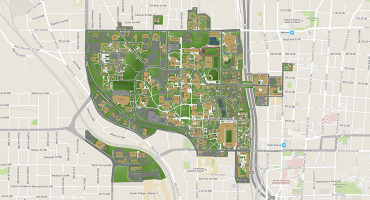Emerging new phenotypes and clinical presentations in neurodegenerative diseases challenge the current paradigm of homotypic (single-protein) amyloids and implicate the possibility of heterotypic amyloid aggregates as the underlying cause. Our incomplete understanding is apparent when considering an increasing number of pathologies that exhibit distinct phenotypes and clinical presentations correlating better with colocalized cytoplasmic amyloid inclusions of different amyloid proteins. In particular, both a-synuclein (aS) and TDP-43 proteins are observed in pathologies such as limbic predominant age-related TDP43 encephalopathy neuropathological changes (LATE-NC), Lewy body dementia (LBD), and multiple system atrophy (MSA). Aberrant aggregates of the two proteins also form the hallmarks of frontotemporal lobar degeneration (FTLD) and Parkinson’s disease. TDP-43 is present in two distinct phases in physiology and pathology. During stress, TDP-43 undergoes liquid-liquid phase separation (LLPS) with RNA and partitions into RNA-rich foci called stress granules in the cytoplasm, while in pathology, the protein forms toxic cytoplasmic insoluble amyloid aggregates. Our investigations reveal that aS and TDP-43 synergistically interact with each other to form distinct neurotoxic heterotypic aggregates that are dependent on TDP-43 phase behavior. In homogenous phase conditions, aS and prion-like c-terminal domain (PrLD) of TDP43 synergistically co-aggregate toward heterotypic fibrils containing both proteins, while in demixed solutions containing TDP43-RNA droplets, aS emulsifies the liquid droplets to promote heterotypic amyloid aggregates. Together these data suggest aS-TDP-43 heterotypic amyloids as potential molecular entities for distinct phenotype emergence in some neurodegenerative diseases.
Hosted by Matthew Torres
Event Details
Date:
Thursday, March 14, 2024 - 11 to Thursday, March 14, 2024 - 12
Location:
EBB 1005
Extras:
Free Food
For More Information Contact
rbailey74@gatech.edu



